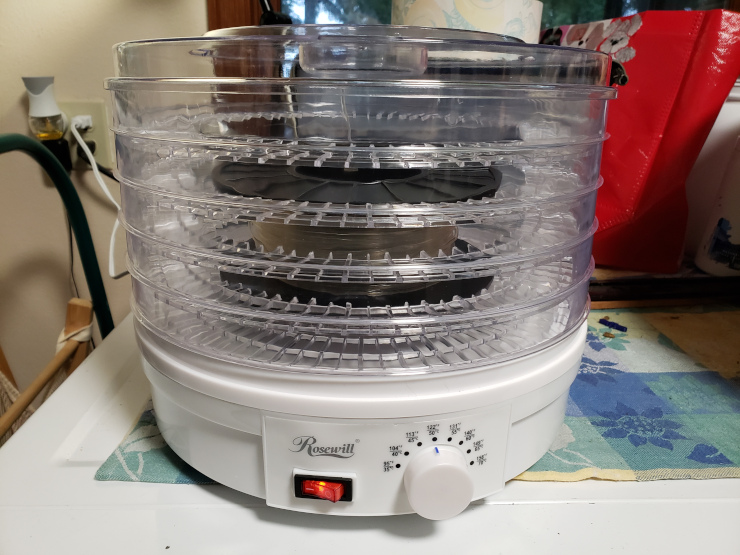
How to dry and store filaments for 3D printing
The worst enemy of any Filament is moisture
However, to use a Filament for a long time, you will have to deal with the ambient humidity.
However, we will explain to you how to best preserve your reels and how to possibly recover reels that have already been subjected to humidity.
How to recognize a Wet Filament?
The signs that a filament is wet, in order of severity, from least to most serious, are:
Excessive brittleness of the Filament;
Bubbles and crackles at the hot nozzle outlet;
Rough print surface;
Difficulty extruding;
Fragility of the Press.
Superficial and deep humidity
If the humidity is only SUPERFICIAL it will only cause cosmetic damage to your prints, making them appear less smooth.
If, on the other hand, the humidity has penetrated more DEEPLY, into the heart of the Filament, in this case it could cause serious damage to your prints and to the chemistry of the Filament itself which will compromise the final characteristics, the robustness of the object itself.
the cube on the left was printed with a filament kept inside the Creality Dry-Box, the one on the right was printed with the same filament, which has not undergone the drying treatment.
Drying Temperature and Times
For each material, there are specific drying times, but it must also be considered that for each material, unlike the brand we are going to use, it will be necessary to apply different temperatures and times for drying.
Which one to choose then?
In order not to go crazy, a general rule can be considered that takes into consideration the Glass Transition Temperature (Tg). You can find this parameter in the Filament datasheets, if it doesn't exist you can instead request it directly from the manufacturer. Another way to calculate it is to look at the melting point of the material and subtract 30% from that.
Here are some methods to recover the coils In case of humidity
If your spool has been open for a long time it is always useful to dry the filament. However, at 3Digital we always recommend drying the filament before each print for a better result.
The methods are different, from the more homely to the more professional, various factors must be considered, including the consumption of the device used.
Attention ⚠ to some materials
In fact, there are some particularly hygroscopic materials, i.e. subject to wear and tear caused by humidity. For example: Polyamide, Nylon, PEEK and PET. For these even just a few hours of exposure to moisture can cause printing problems. For this reason they must be printed in a hot chamber or stored in special dryers.
Filament Dryer
Designed for this, it's definitely the best method of preserving or recovering your Coils. They usually let you set them based on the material being dried. They can work independently. Some are set up to dry the roll next to the printer so that you can also save time.
Furthermore, being designed for this, unlike some home methods, they consume little.
Examples are: the Creality Filament Dry Box.

The Creality Filament Dry Box in the image is a reel dryer, specifically designed to preserve the filament from atmospheric agents.
Food dryer 
They are devices designed for drying fruit and vegetables. But they are also quite well suited to drying Coils.
The only drawback is the non-homogeneity in the heat distribution. As the heat is usually distributed, in order from bottom to top, as the latter work by drying the foods in layers on trays arranged one on top of the other.
Home oven 
It is certainly the cheapest method for drying coils. But even the most imprecise, in fact the oven can reach high temperatures so before inserting the spool check the temperature with a thermometer to make sure it is not too high, so as not to risk melting the filament. It can also be dangerous because some materials could release toxic substances into your oven, in which you will then no longer be able to cook your food as it is contaminated.
Store filaments properly
At 3Digital, we recommend that you store and preserve your filaments.
You can store them after drying in the dehydrator itself, or in airtight plastic bags. Also inserting a moisture absorber such as silica gel into the bag.



 https://www.instagram.com/3digital.tech/
https://www.instagram.com/3digital.tech/